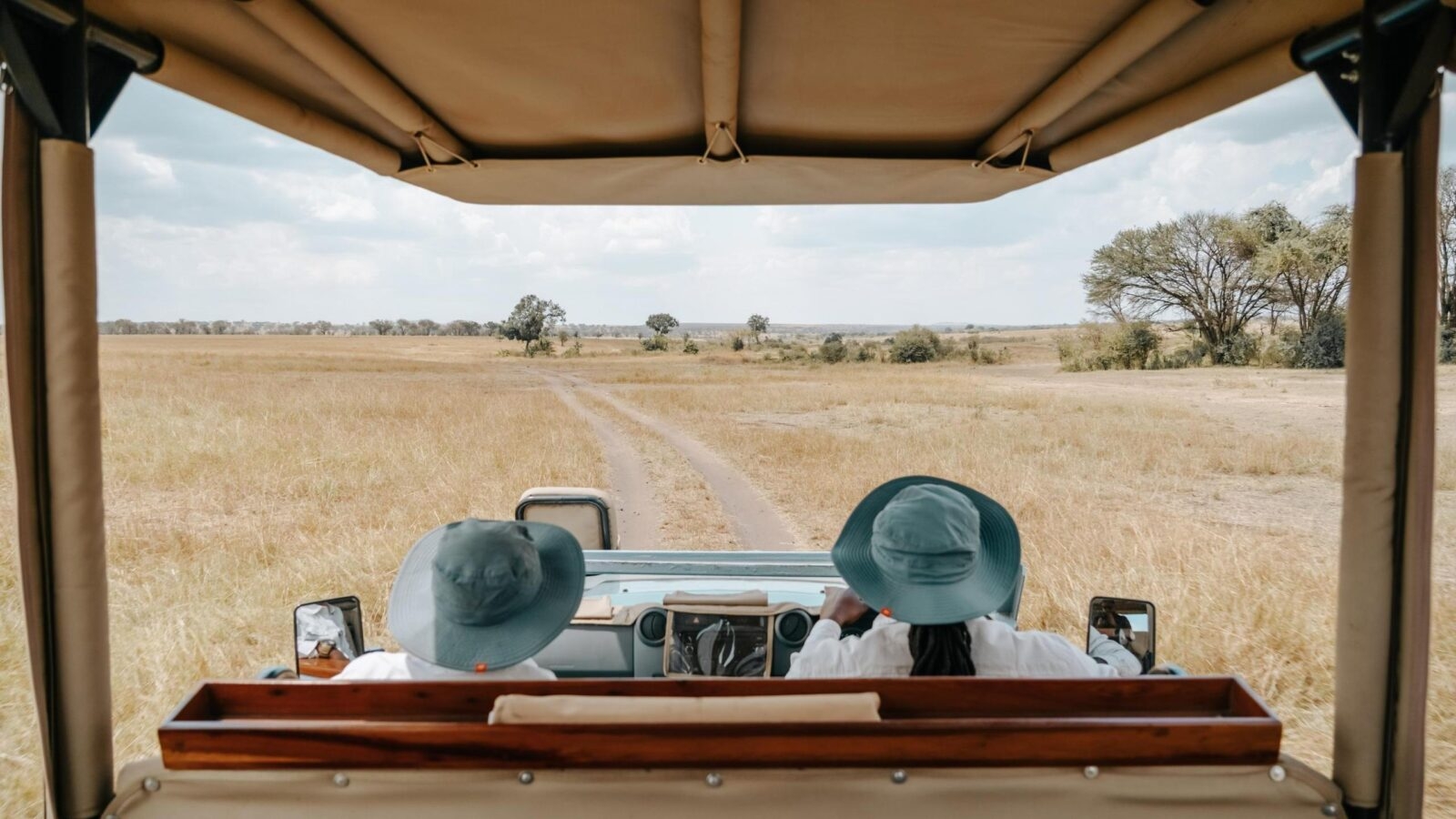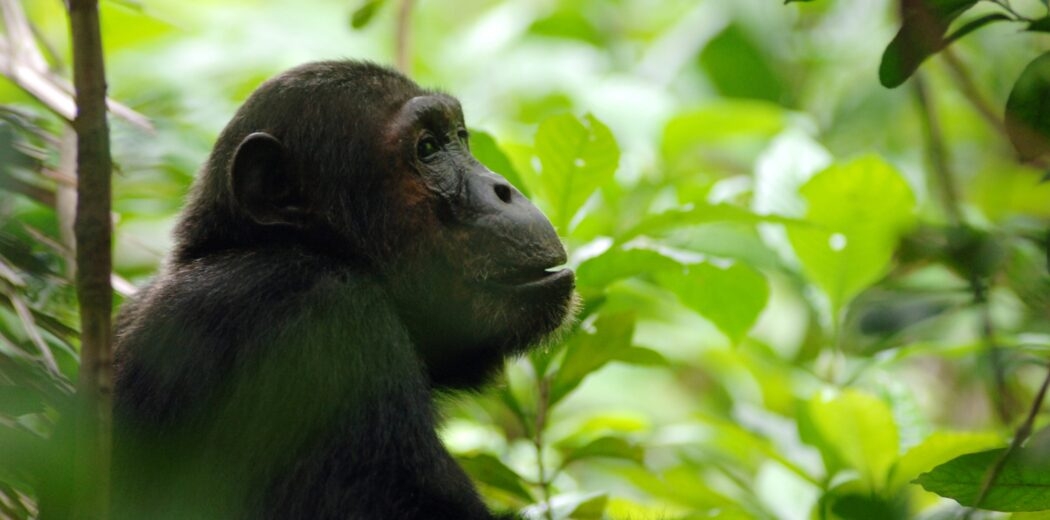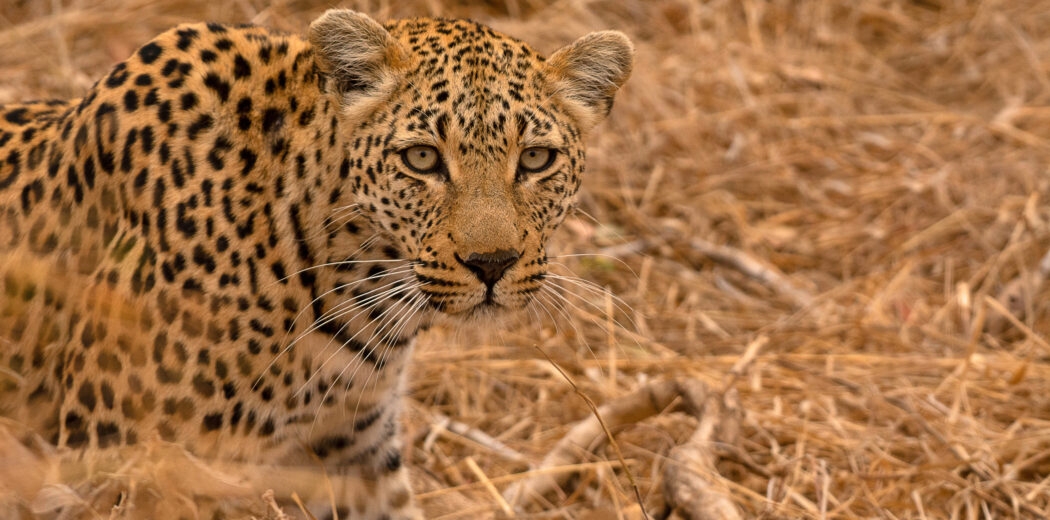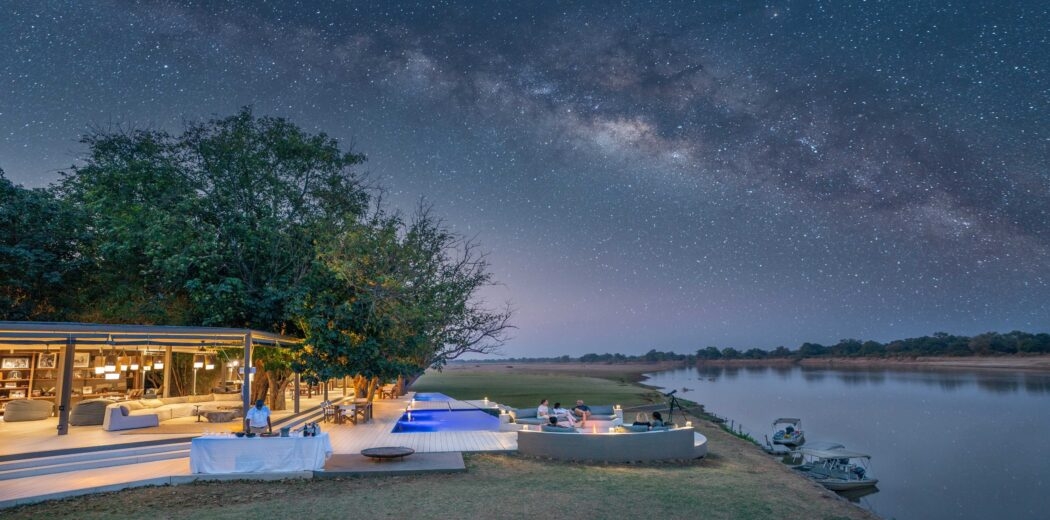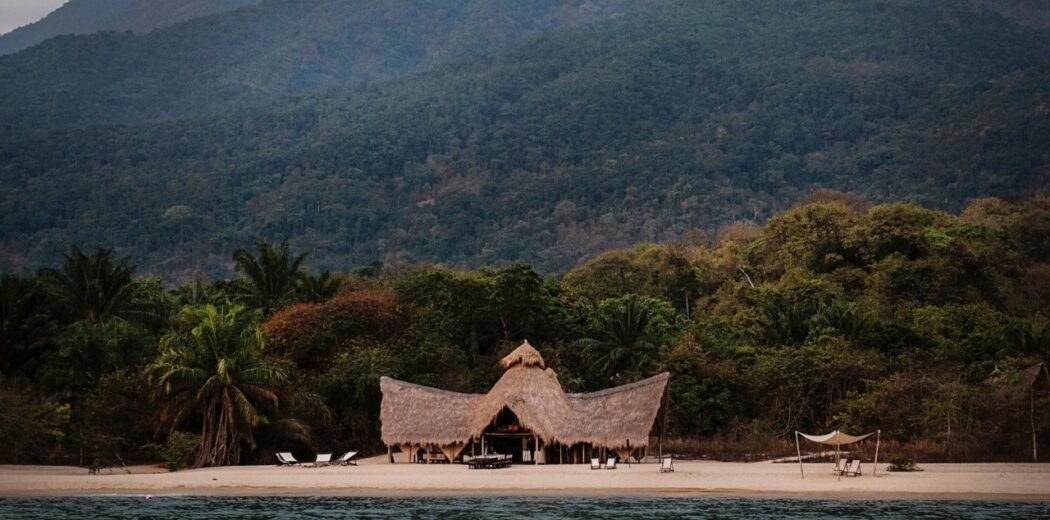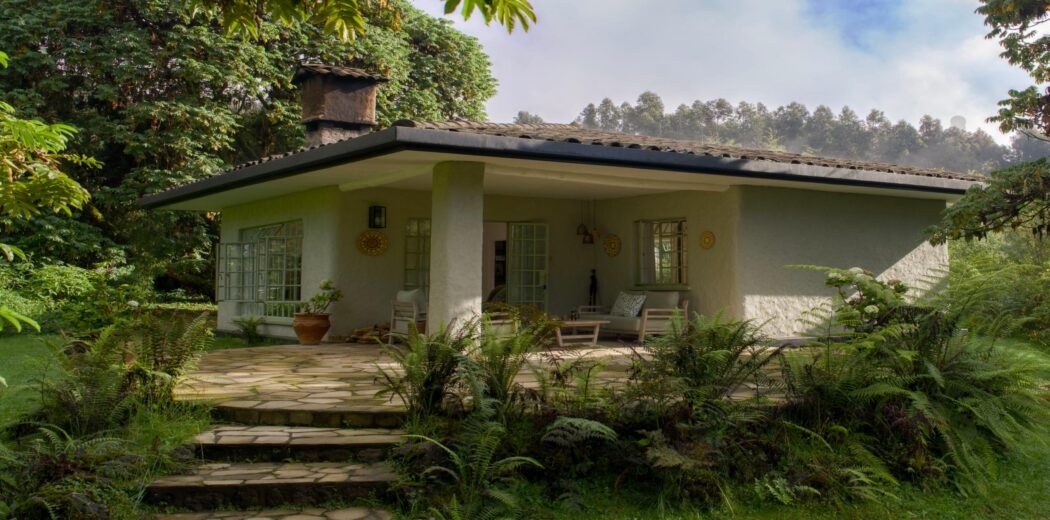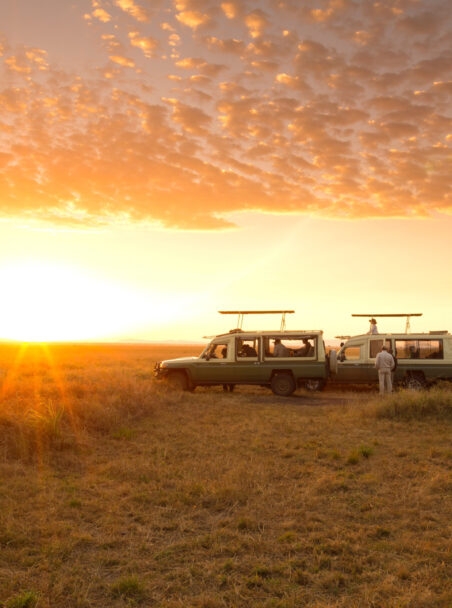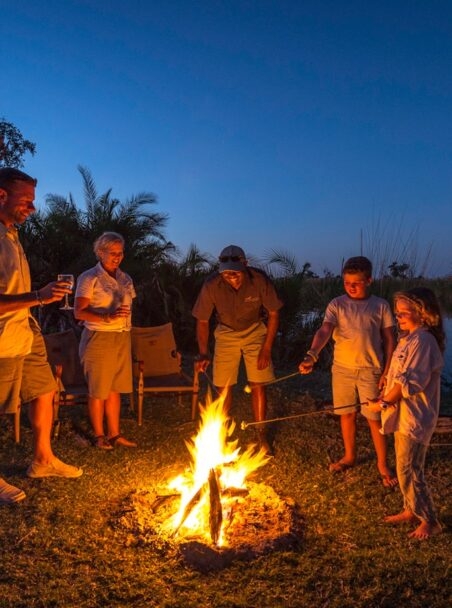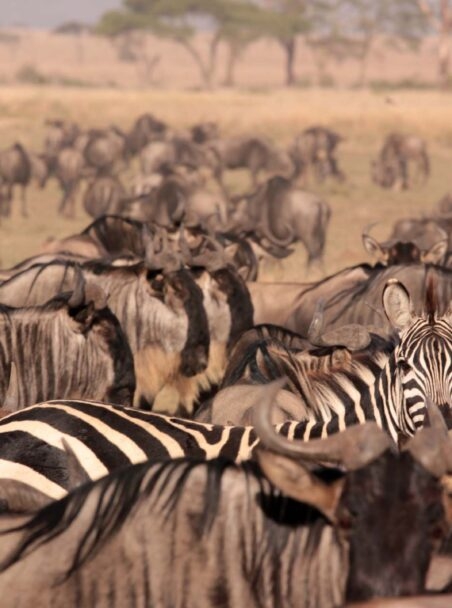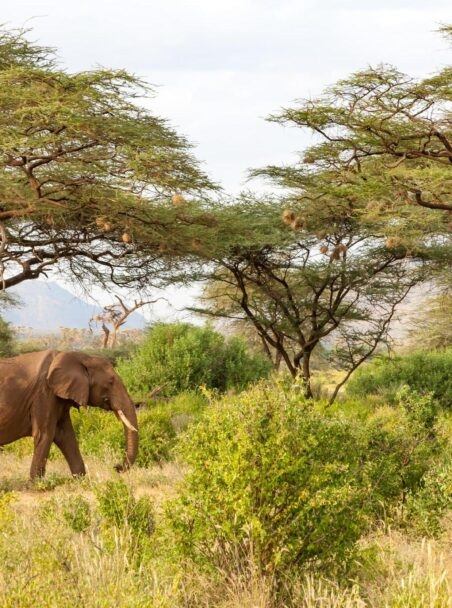Planning a trip to Africa allows you to tap into one of the most breathtaking regions on earth, where endless adventures uncover incredible natural wonders and an abundance of wildlife. Our expert travel designers have travelled extensively across Africa’s diverse landscapes. They’ve traversed the continent exploring the savannas of Tanzania, national parks of Kenya, deserts of Namibia, majestic mountains in Rwanda and much more.
Our experts' years of experience, living, working and travelling through Africa has led them to uncover hidden and lesser-known experiences and locations. They’ve also taken part in not-be-missed activities and visited some of the continent's most loved destinations. They care about Africa and know the camps, lodges and experiences that are making a positive impact on the natural environment and everyone who lives there. Their knowledge is deep and multifaceted, they understand the tiny details that will make your time in Africa absolutely perfect.
To help you get inspired about your own trip, and start planning the activities that you simply can’t miss, we’ve asked some our team to let us know their favourite experiences in Africa. They will talk about their own experience in detail and share their top tips and advice.
Gorilla trekking in Rwanda
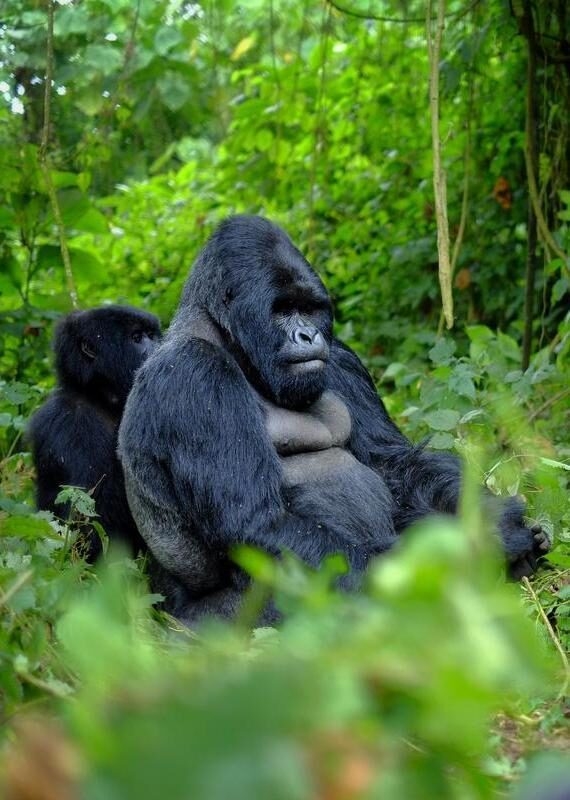

Africa Travel Designer
My adventure began early in the morning at the headquarters of Volcanoes National Park, where I was allocated the gorilla family I would be trekking to find. There was a shared sense of excitement and a buzzing anticipation as my group set off and we introduced ourselves.

Our knowledgeable Rwandan guide explained he had an incredible amount of experience with the gorillas, sharing a decades worth of fascinating details and advice. He said we should avoid direct eye contact with silverbacks (this is the name given to the adult male gorillas) as they could see this as a challenge. He also explained the different vocalisations we might hear, from soft, high-pitched sounds of relaxation to sharp barks when the gorillas are uneasy.
The trek took us about three hours through the stunning bamboo forests, with rain softly drizzling as we walked. The journey was relatively easy, though the heat, insects and thick tropical foliage can make the hike challenging. It’s best to prepare for a half day strenuous trek, there’s now way to predict where the gorillas could be until you set off.
Suddenly, there they were – mothers and babies, calmly eating bamboo. It was surreal to watch their human-like behaviours, young ones playing, mothers disciplining their rambunctious children. One young gorilla even ventured toward me before his mother gently pulled him back.
It’s only possible to spend one hour with the gorillas to protect them from overexposure to humans. Toward the end of my visit, the silverback appeared, his sheer size and presence was awe-inspiring. The family dynamics resembled a human family, with youngsters climbing all over the silverback as he sat with them. As I began my descent, we heard the powerful call of the silverback confronting another male—nature at its most raw.
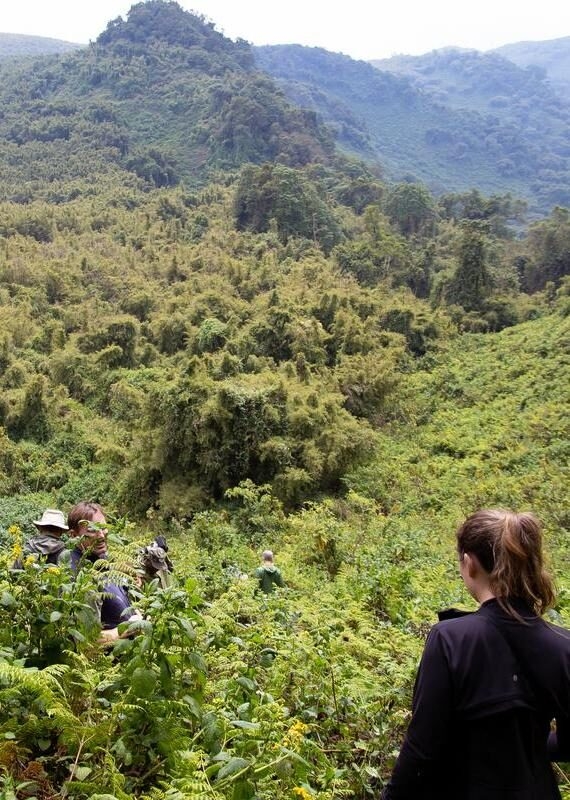
Emily's insider gorilla trekking facts and advice
Plan ahead: book at least six months in advance. There are only 96 permits released daily.
Double permit: book two permits on consecutive days for a second chance at sightings, just in case you don’t find the gorillas on day one.
Best trekking season: June to September offers dry conditions; April and May due to heavy rains.
Dress for comfort: wear long sleeves, breathable, water-resistant trousers and waterproof boots. Neutral tones are best to blend in with your surroundings.
Pack essentials: bring water, snacks, a rain jacket and gloves (gardening style can be great if you trek through dense jungle). Porters can assist with carrying gear.
Respect wildlife: stay calm and follow your guide’s directions for a safe, respectful encounter, even though it can feel very exciting when you first see the gorillas.
Photography tips: flash photography is prohibited. I found my 24-70mm lens works well for capturing great images.
Group information: there are 10 gorilla families, with groups limited to 8 hikers each.
Stay: Wilderness Bisate Lodge is amy favourite place to stay, built in the style of gorilla nests and featuring in our Positive Impact Collection.
A walking safari in Zambia


Africa Travel Designer
My favourite experience in Africa is a walking safari, and although I have been lucky enough to take on walking safaris all over Africa, exploring Zambia on foot is my most special memory. My walking safari took place in South Luangwa National Park where the meandering Luangwa River carves its ancient path through the valley and the landscapes are raw and teeming with wildlife.
During the pre-walk briefing, which lasted around 30 minutes, I immediately trusted the relaxed, confident team of rangers and guides. The explanations were clear and friendly, with an ease that comes from generations of experience in this wild environment. It was contagious and I felt like I would be exploring with knowledgeable friends.
The highlights of the walk came in peaceful moments, such as stopping to examine fresh tracks, learning about plants and insects and understanding the interconnected web of life around us. Our guide’s passion for the bush shone through in every interpretation as we made our way towards our home for the night.

Our sleepout was situated along the Luwi riverbed and it proved to be one of the most magical nights of my life. The star-studded African sky was breathtaking and the nocturnal symphony was unforgettable: the deep, resonant roars of lions echoing, punctuated by the distinctive whooping calls of hyenas. There’s something profoundly moving about falling asleep to these sounds, reminding you how wild and special the wilderness truly is.
The next morning the team made breakfast while a pack of wild dogs bounded across the riverbed in pursuit of a herd of impala. The creatures were full of energy and seemed to barely even look our way, incredible to witness nature at such close quarters.
We set off walking again and an hour had passed when our guide’s posture suddenly stiffened as he signalled us to stop. Ahead, a group of lionesses moved through the bush, peering over the tall yellow grass, watching, their tails whipping back and forth, a clear warning not to come any closer. Our guide deftly changed course, relaxed and calm. Even so, it felt as though the lions and I had gazed at each other for an eternity. A quiet appreciation and a humbling moment.
The rest of our journey was incredible. There were hippos wallowing in hidden oxbows, elephants shaped the landscapes and flocks of birds were all around. I didn’t cross a single road or come close to any human settlements. A simple and joyous immersion in one of Africa’s last true wildernesses.
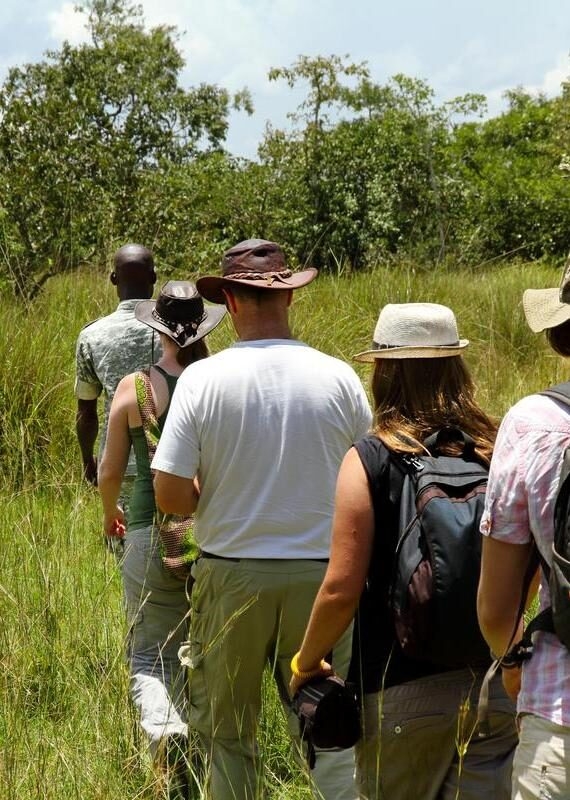
Jamey's insider walking safari facts and advice
Duration and distance: walking safaris typically span 2 days, with 4 to 5 hours of easy walking each day on mostly flat terrain.
Other walking safari destinations: apart from Zambia, excellent walking safari areas include Zimbabwe and Tanzania, with recommended experiences such as Wilderness Usawa mobile camp in the Serengeti.
Best season: the ideal time for walking safaris in east and southern Africa is during the dry winter season (June to September) for optimal walking conditions and visibility.
Packing essentials: on a walking safari, carry only a small bag with water, sunscreen, and, if needed, a rain jacket, while larger bags are transported to camp for you.
Exploring nearby attractions: make the most of your African adventure by visiting Victoria Falls or extending your trip to Zimbabwe, Botswana or South Africa’s Cape Town and wine region.
Clothing tips: wear muted, neutral colours to blend with the environment. Long sleeves and pants made from natural fabrics offer sun protection and comfort during the safari.
The walking safari birthplace: Zambia is known as the birthplace of the walking safari, pioneered by conservationist Norman Carr, and remains one of the few places for an authentic, immersive African bush experience on foot.
Chimpanzee tracking in Tanzania
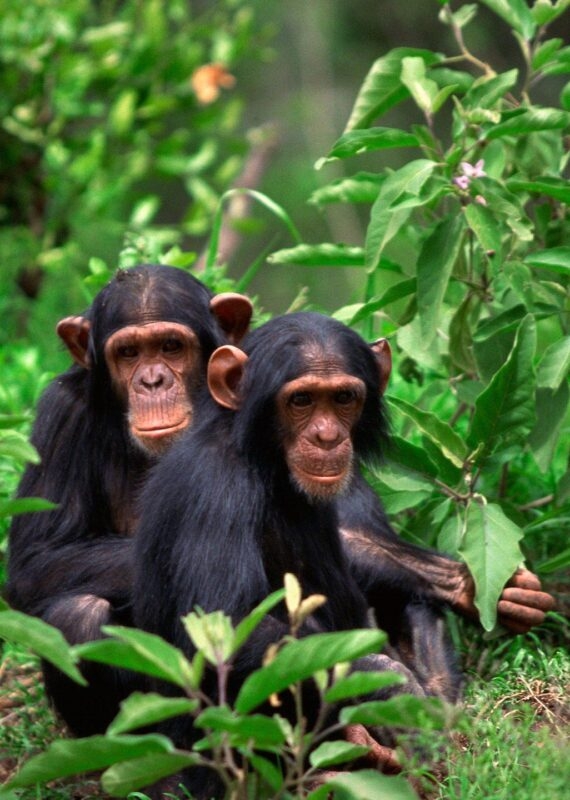

Senior Africa Travel Designer
Without a doubt my most memorable wildlife experience in Africa was observing chimpanzees in Tanzania. Spending time with them in their natural habitat felt both familiar and awe-inspiring. Their gestures, emotions, and interactions mirrored human behaviour so closely thatI began recognizing individual chimps after only one encounter, stirring deep reflections about our shared roots.
The experience was also made special by the incredible humans I met during my time in the Mahale Mountains National Park. I stayed at the secluded Greystoke Mahale on the shores of Lake Tanganyika. The warmth of everyone at the camp was remarkable and I instantly felt like part of their family.
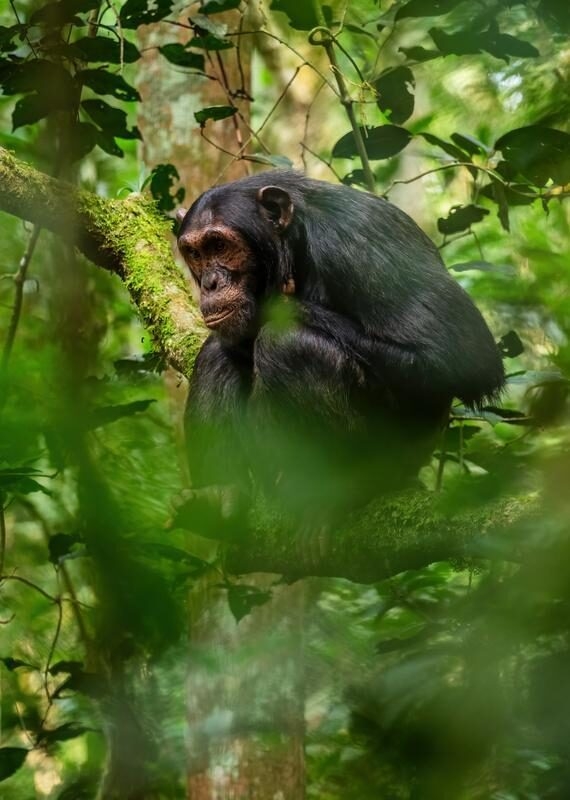
This close-knit feeling extended beyond the camp itself. The guides and staff share a deep respect and a harmonious relationship with the chimps, creating a sense of unity between humans and wildlife. I felt part of a collaborative experience and became totally immersed in the present moment with these people and the chimpanzees.
I stayed there for four nights and each morning I eagerly awaited the radio call from trackers confirming the chimpanzees’ location. With no roads for over 100 miles all tracking is done on foot, guided by skilled trackers with whom I quickly formed a bond. Once the trackers located the chimpanzees I would begin the hike into the stunning lush green mountains of Mahale, following the guides silently, listening intently to the sounds of nature, and eventually the sounds of the chimps.
I was lucky enough to find the chimpanzees easily four times during my stay, which felt like an enormous privilege. Although they are notoriously fast and comfortable in the tree canopy (making them hard to spot) I observed them on the forest floor, running, playing and foraging for food.
The chimpanzees were relaxed and familiar with the trackers, whom they see every day. It was heartwarming to hear the trackers explain afterwards what each chimpanzee was called. Asking me if I recalled seeing the small one run away from its mother, only to be tugged back to safety and how this one was developing a cheeky and inquisitive personality, and how excited they were to see him grow into an adolescent
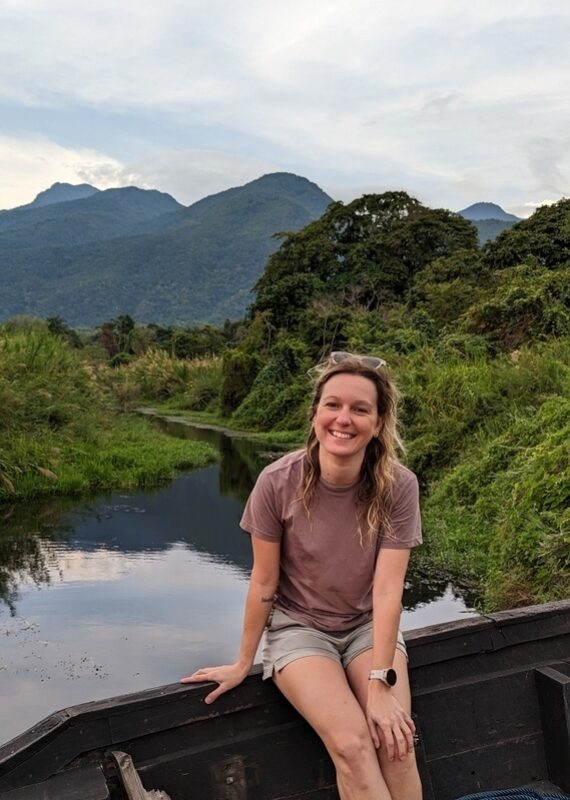
Jody's insider chimpanzee observation facts and advice
Pack Essentials: bring a sturdy backpack to carry water, camera and any extra clothing, such as a waterproof jacket.
Plan Ahead: Mahale is remote, accessible only by light aircraft and boat, with limited flight schedules. Make sure to plan for these logistics when planning the rest of your trip.
Chimpanzee Connection: chimpanzees share 98% of our DNA and about 60% of our personality traits, making interactions feel remarkably familiar.
Health Precautions: even minor colds can endanger chimpanzees’ health. Inform camp staff if you’re unwell and consider wearing a surgical mask to help prevent transmission of germs.
Chimpanzee Conservation: the Mahale Mountains National Park now protects over 800 chimpanzees, thanks to groundbreaking research by Japanese scientists starting in the 1960s.
Trekking Tips: hikes can range from 30 minutes to three hours. For easier access, visit during the dry season (August to October), when chimpanzees stay closer to the lake.
Safe Swimming: avoid swimming in the lake from the shoreline, hippos and crocodiles live here too. Instead, camp experts will take you to safe, deeper waters for water activities.
An immersive cultural experience with the Hadzabe community in Tanzania


Senior Africa Travel Designer
Africa’s ancient human cultures and their connection to the natural world has always fascinated me. And so, while staying at Mwiba Lodge in Tanzania, I took the opportunity to meet with the Hadzabe tribe. The profound generosity of the people I encountered and the invaluable lessons I gained from this immersive experience has made it my most treasured memory in Africa.
My day began at dawn, setting off from Mwiba Lodge to journey deep into Tanzania’s wilderness. The Hadzabe are one of the last remaining hunter-gatherer societies in Africa, living in harmony with the land, moving with the rhythm of the seasons and rarely settling in one place for long.
I was guided by a local expert who was able to follow faint footprints left in the sand which slowly led us into the world of the Hadzabe. Very few people outside the direct Hadzabe community speak their dialect, so communication began with a blend of expressions, gestures and a shared respect for the surroundings. Incredibly the Hadzabe were able to explain their knowledge and culture to me without the need for words.

Their bond with the land runs deep. They forage and hunt small wildlife to maintain survival. Every few days they return to a central village with supplies for elders, upholding a cycle of community and nature that’s humbling to witness. During my time with them, and to explain more about their everyday life, members of the community demonstrated ancient hunting and foraging techniques, each movement reflecting centuries of wisdom.
Watching them find a bees’ nest and expertly harvest honey was mesmerising; they smoked the bees, carefully cut into the tree and pulled out the honeycomb, all while enduring stings. For the Hadzabe, honey is an essential food and up to a litre can be consumed by each adult every day, for energy. Witnessing this ancient ritual and then being generously invited to share in the honey felt like an enormous privilege.
Spending meaningful time in the community gave me a glimpse into a harmonious relationship with the earth and an insight into the ways in which responsible tourism is benefiting the Hadzabe people. Mwiba Lodge, with the Friedkin Conservation Fund Tanzania, works with the community to help preserve cultural practices and promote economic stability. For example, the Hadzabe are traditionally nomadic foragers who do not own land or cattle, so, Mwiba provides a safe and peaceful place for them to sustain their traditional way of life within the vast protected Mwiba Nature Reserve.

Tor's insider facts and tips
Stay: Legendary Mwiba Lodge is a luxury lodge in a private concession which fosters a respectful bond with the Hadzabe. The lodge encourages ‘slow safari’ at a tranquil pace that allows visitors to appreciate culture and smaller details.
Location: the private Mwiba Reserve is situated on the southern edge of the Serengeti National Park, near the border of the Ngorongoro Crater Conservation Area, two incredible wildlife-rich sanctuaries.
Guidelines for visiting the Hadzabe: to ensure respectful interactions, leave distractions such as phones behind, limit photography and ask permission before taking photos. Avoid photographing children and focus on observing the unspoken communication.
Activity level: most of the journey to the Hadzabe can be done by vehicle, but some walking is required, often over hilly terrain or rocky kopje.
Best time to visit: Mwiba Lodge is a year-round destination. For a combined safari and cultural experience, December to March is ideal for the best wildlife viewing conditions.
The Datoga: many of those who work at Mwiba are Datoga, so it’s typical that cultural excursions will also visit the Datoga village nearby to learn about the community, visit homes and watch dance and drumming performances.
Ready to speak with our experts?
Whatever you want from your adventure in Africa, our team of travel designers are ready to help.
Trip Inspiration
Jamey, Jody, Tor and Emily's favourite adventures in Africa

